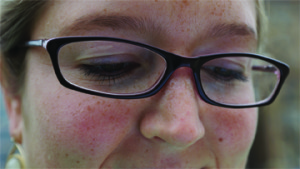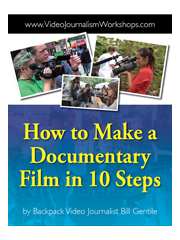WASHINGTON, DC, 3 March 2015 — We conducted a screening of our film, “Afghan Dreams,” today at the U.S. Department of Commerce. The film documents four Afghan law students, all female, as they defy all odds to compete in an international competition of commercial law in Hong Kong. The team was trained by lawyers working at the Department of Commerce. We followed up the screening with a panel discussion.
It’s been a long road since we began this project over one year ago. And it was great to see our collective efforts bear fruit.
(Photos by Bill Gentile)














